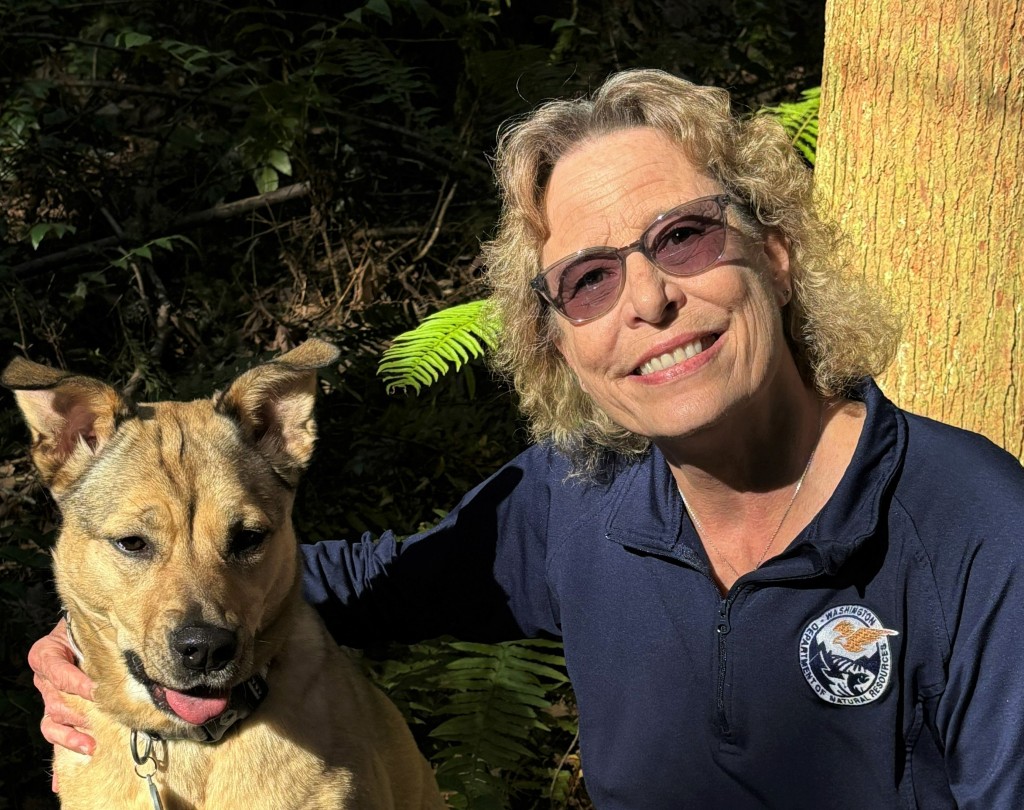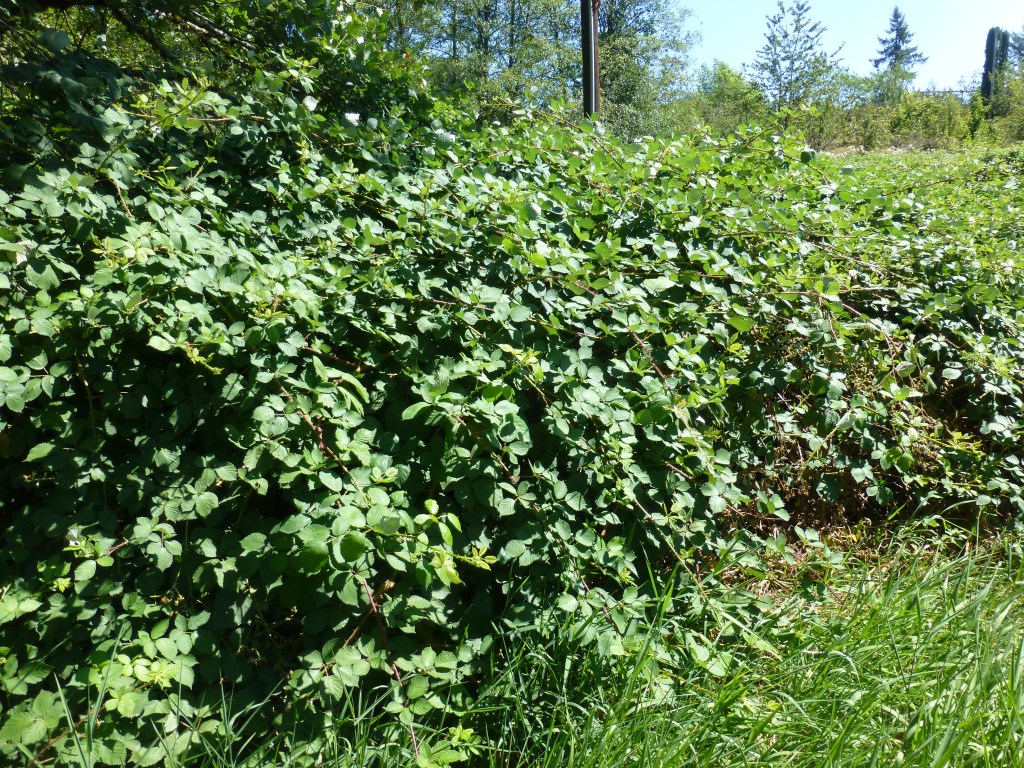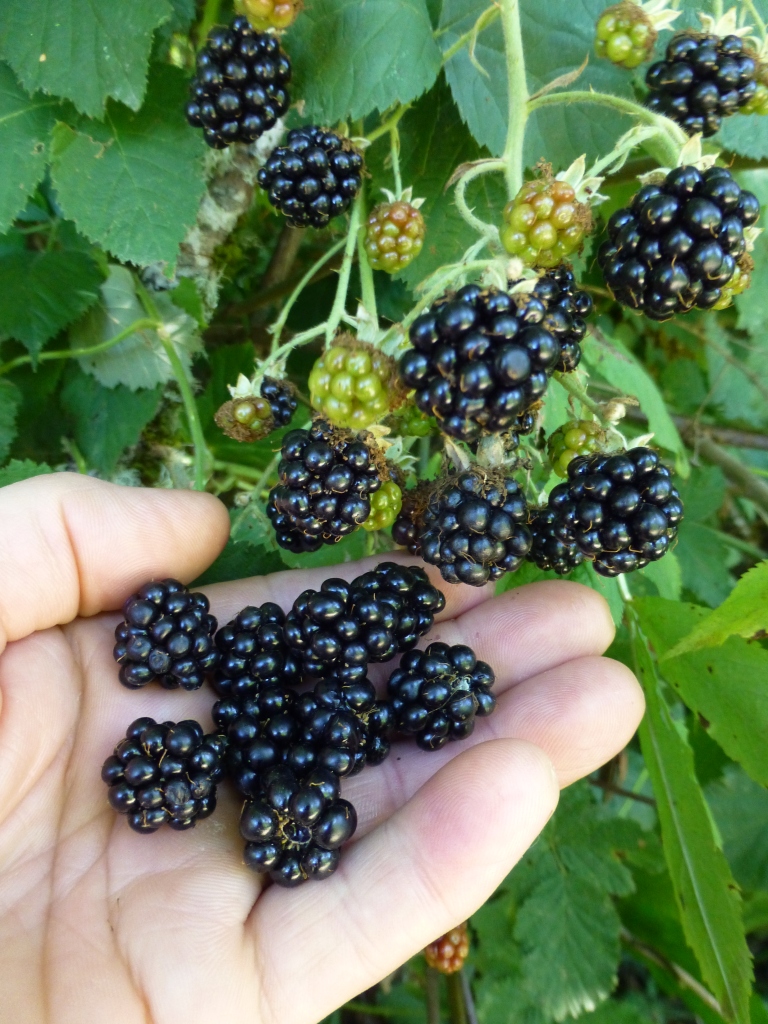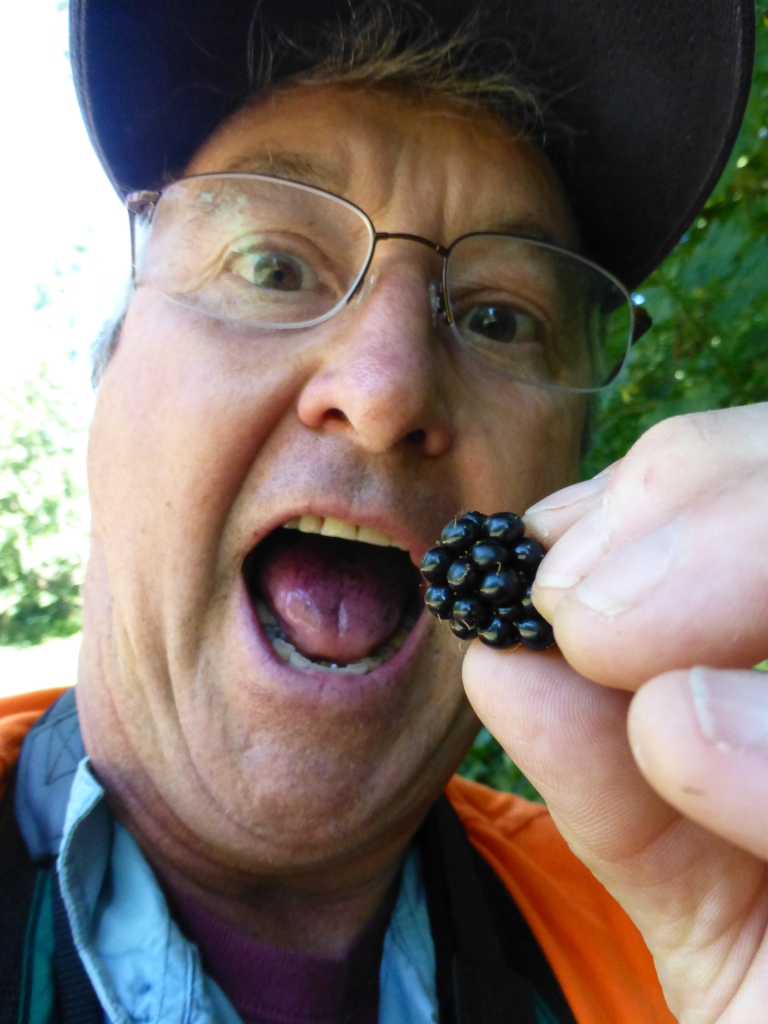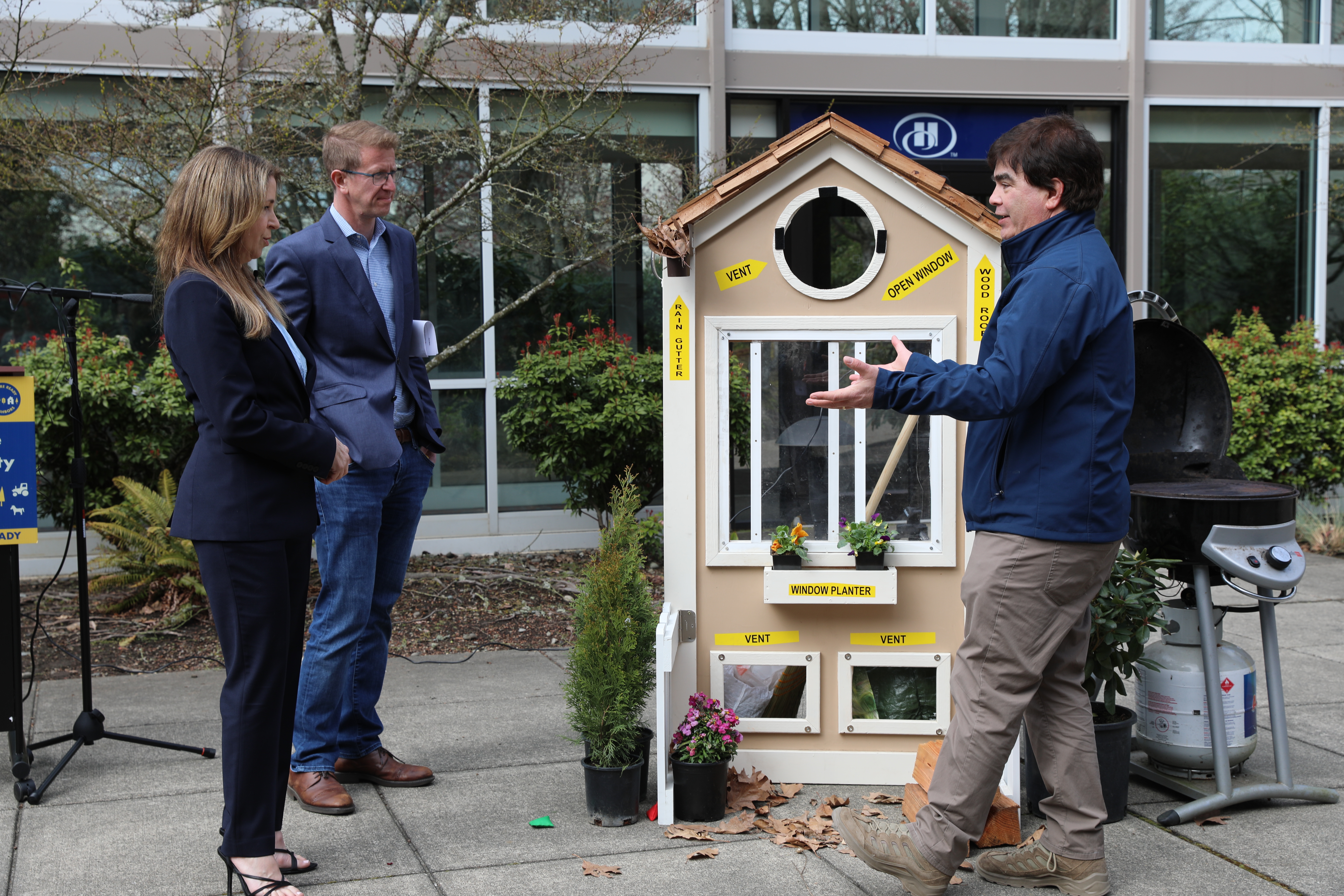Spring is finally here with the passing of the vernal equinox, which means getting outside more and enjoying work in the woods! In this message, I want to celebrate the working forests of Washington while acknowledging some milestone anniversaries of important legislation that help protect forest habitat and encourage sustainable forestry.
This year marks the 50th anniversary of Washington’s Forest Practices Act. Since 1974, the state has regulated forestry activities related to growing, harvesting, or processing timber. This includes hydraulic projects, roads and culverts, thinning, salvage, reforestation, brush control, and application of fertilizers or pesticides on non-federal public and private lands. The opening paragraph of RCW 76.09.010 describes why the Act is needed:
“The legislature hereby finds and declares that the forestland resources are among the most valuable of all resources in the state; that a viable forest products industry is of prime importance to the state’s economy; that it is in the public interest for public and private commercial forestlands to be managed consistent with sound policies of natural resource protection; that coincident with maintenance of a viable forest products industry, it is important to afford protection to forest soils, fisheries, wildlife, water quantity and quality, air quality, recreation, and scenic beauty.“
Forest practices rules have been amended and strengthened numerous times over the years. Another milestone worth celebrating this year is the 25th anniversary of the Washington Legislature adopting updated forest practices rules related to the Forests and Fish Law in 1999 (ESHB 2091).
The Forests and Fish Law was designed for Washington’s forest practices to comply with both the federal Endangered Species Act and the Clean Water Act, and as a result of federal listings of endangered salmon and impaired water quality on non-federal forested streams in Washington. Changes were made to improve forest roads and culverts, enlarge buffer zones along stream banks, and improve protections for unstable slopes on approximately 10 million acres of forest lands regulated under the Forest Practices Act.
Recognizing the disproportional impact regulations may have on Washington’s private forest landowners with smaller acreages, and to encourage keeping their land in forestry, the Forests and Fish Law legislation also created the Small Forest Landowner Office:
“Within the Department of Natural Resources a Small Forestland Owner Office that shall be a resource and focal point for small forestland owner concerns and policies.”
76.13 RCW Stewardship of Nonindustrial Forests and Woodlands
Although we’ve experienced ups and downs in state funding over the years, as I’ve remarked in several recent Small Forest Landowner News editions, recent public funding has expanded DNR’s Small Forest Landowner Office and other related programs. This includes free technical assistance, financial incentives and educational support for small forest landowner, land management, restoring fish or wildlife habitat, reducing fuels for wildfires, improving forest health, generating income, and more.
The Small Forest Landowner Office (SFLO) has a few milestones to celebrate as well. This month, the Forestry Riparian Easement Program purchased its 500th conservation easement! In total, this program has protected over 7,300 acres of riparian habitat. Since the program began in 2003, the Family Forest Fish Passage Program has removed 460 fish passage barriers that collectively restored 1,332 miles of habitat. Since 1999, the Rivers and Habitat Open Space Program has protected 1,333 acres of important habitat and channel migration zones in perpetuity, through the implementation of 26 conservation easements. I can’t say enough about how proud I am to be the manager of the Small Forest Landowner Office!
I also want to share an update from the legislative session this year with the passing of a new bill that affects how the Forestry Riparian Easement Program (FREP) is implemented. Effective June 5, 2024, the following changes will take effect:
- The percentage of compensation for timber within the easement is changed to 90 percent for all applications – up from a minimum of 50 percent and a maximum of 90 percent.
- The duration of the easement contract is changed from 50 years to 40 years.
- The date used for valuing the easement is changed from the date the FREP application is received, to the date that the harvest was completed.
- The maximum compensation for potentially unstable slopes is increased from $50,000 to $150,000 per biennium.
DNR staff are currently working on changing rules and statutes and are reaching out to current landowners on the FREP application list to inform them about these changes.
In this edition of the Small Forest Landowner News, you’ll get to know a bit about our latest addition to the SFLO team — John Schmeltz recently started with us as the new Olympic Area Small Forest Landowner Regulation Assistance Forester. Our small forest landowner regulation assistance program offers knowledgeable foresters like John to assist understanding and navigating all those forest practices rules!
Here is a picture of DNR small forest landowner service program staff, including John, attending a training on recent updates to the Forest Practices rules concerning federally threatened marbled murrelets and how to implement the new rules in the field.
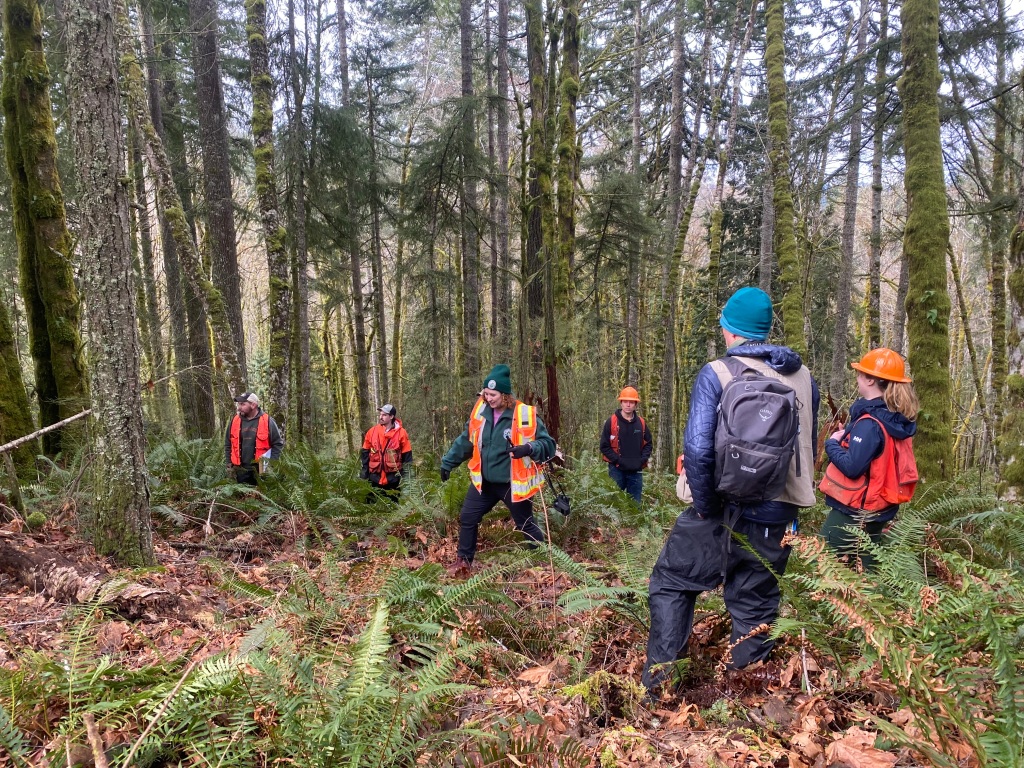
Other related topics in this newsletter introduce DNR’s Forest Practices Compliance Monitoring Program and an update on the status of online forest practices permits, or fpOnline. In addition to forest practices related content, we share upcoming spring and summer educational events and an article from Ken Bevis, DNR Stewardship Fish and Wildlife Biologist, about Himalayan blackberries. Dave New has a promotional piece about the Washington Tree Farm Program and Jeff Gersh from the Washington Small Forest Landowner Carbon Workgroup provides us with another small forest landowner profile on architect Susan Jones. DNR service forestry staff feature an article on “assisted migration” tree plantings, and a feature on wildfire fuels reduction projects in the Yakima area. From DNR’s wildfire’s community resilience program, we also have a timely addition this spring about this upcoming wildfire season and available assistance resources.
In closing, I ran across this quote that I think is so fitting for small forest landowners and the endless effort you put in to successfully managing your forestland:
“In the Spring, at the end of the day, you should smell like dirt.”
Margaret Atwood
So true…

